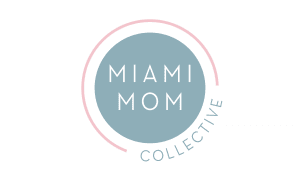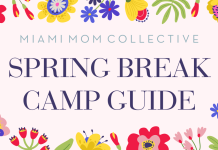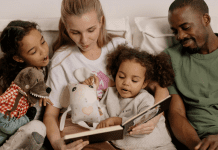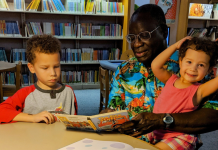Children
Our prized possessions. Our very own vision board in the flesh. We made this, envisioned it, prayed for it, crafted it, and here they are in their own unique canvas.
Why is vision boarding a useful activity to do with kids?
Children can learn a lot of important life skills while creating their own vision boards. To begin with, vision boarding encourages children and young people to dream big. Additionally, vision boarding introduces children to the concept of goal-setting. It’s never too early for kids to learn the importance of setting goals and being accountable for their own success. Goal-setting also boosts children’s confidence. For every goal achieved, kids learn to believe in themselves. That’s the seed of the growth mindset planted in the minds of our young children.

How do you make a vision board with your child?
Begin by creating a comfortable and welcoming space. Mom, teachers, caretakers this exercise should not feel like homework so be sure to keep it informal. Perhaps sit on the floor with pillows and make an intentional mess of materials. Be sure to give yourself persuading self-talk on patience and maintaining a positive spirit throughout the process.
What you’ll need?
- Magazines
- Cutouts/scrapbooking
- Print outs
- Scissors
- Glue
- Markers
- Pen/pencil
- Board/card stock/corkboard
- Planning Worksheet (PDF included)
How to begin?
Make Brainstorming fun!
It is important to bring about original feelings and thoughts – this is not a simple task but it does teach higher-order thinking. Although it may be difficult for us “helicopter moms” not to steer them into what WE feel should be at the center of their lives, we should simply serve to scaffold those thoughts by asking productive and open-ended questions.
An example of this:
Don’t you love reading long novels?
Try this:
What quiet activity do you enjoy doing?
Ultimately you want them to feel connection and passion towards their finished creation. Keep it simple, do not tell, rather ask. And finally, encourage the flow of creativity.
I’ve included some questions below to help you get started. Always consider your child’s style of learning when asking probing questions.
-
- What do you love doing?
- What activity makes you happy?
- Give three positive words to describe yourself.
- What is your favorite subject?
- Where would you like to visit?
- What skills do you want to learn or improve on?
- Favorite part of your day – when in school and outside of school.
- What makes you laugh?
- When do you feel most comfortable?
- What are some words you like to hear when you are doing something good?
Time to create some artwork.
After you have brainstormed ideas and completed the goal-setting worksheet, use the answers to help guide you while looking through the magazines. Enjoy the process of cutting out pictures, words, and phrases that connect with the child. Some pictures and words can be cut just for fun, so again, allow their creativity to run wild. Imperfect is authentic.
 After the vision board has been put together, take the time to share your ideas with one another – engage in similarities and interesting findings.
After the vision board has been put together, take the time to share your ideas with one another – engage in similarities and interesting findings.
Where does it go?
Finally, it is important to place their vision board in a space that they look at often. They should create a habit to regularly look at their creation and remind themselves that these are their goals and words that they are working towards. This daily practice teaches consistency and positive habit development.
For the older children, take it one step further and have them attach an emotion to their goal. This means that they should start evolving or even implanting the feeling that they will experience once they actually accomplish the goal.
Don’t forget to celebrate the WINS!
It is important that if the child has the word “brave” on their vision board and they do some type of act of bravery – it is your responsibility to celebrate with great enthusiasm that achievement. In addition, the child receives an A on their assignment and they are working on getting an A on that subject – celebrate that micro win and have them understand that they are one step closer to their bigger goal.
Final thoughts on vision boards
Vision boards are wonderful tools that encourage our kids to set goals and achieve them.
These boards are a visual representation of their potential and are vital for teaching them about growth mindset. Cultivating these types of practices reinforces good intentional thoughts. Rene Gamboa, a licensed mental health counselor, said it best, An intrinsic value in conducting activities with our children is in the shared experience conducive to bonding and establishing affective relationships.




















Can’t wait to try this with my son. I know his boards will prob be covered in dinosaurs, but the process is good for him. Love this!!!
Comments are closed.